Look at this picture, taken from a 15th-century manuscript:
Notice how medieval it seems. Here are soldiers with crossbows, chain mail, and fully armored knights with lances, attacking a castle. And yet, this is a depiction of the trojan war - an event from over 2000 years before the middle ages. In fact, it happened during the bronze age! For reference, the first historical accounts of chain mail are from nearly 1000 years after Troy fell.
It seems that the artist saw technology and culture as static, meaning that (s)he had no concept of technological progress. As the pace of discovery increased in the following centuries, we collectively became attuned to new inventions changing how we interact with the world over time. Just like you wouldn’t expect a medieval knight to browse Reddit on his iPhone, you also wouldn’t expect to do a google search on a desktop PC in 2220, simply because it seems unlikely that no technological progress will happen over the next 200 years.
Are we Blind to a Different Change?
This suggests a question: just like the artist above seemed blind to technological change, perhaps we are equally blind to another source of change? Let’s turn to visions of our future as depicted in science fiction:
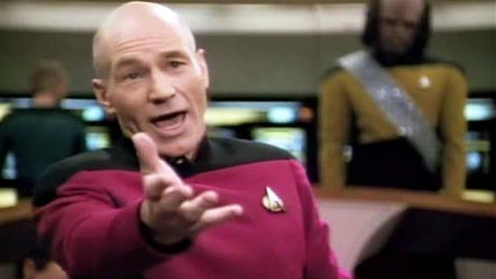


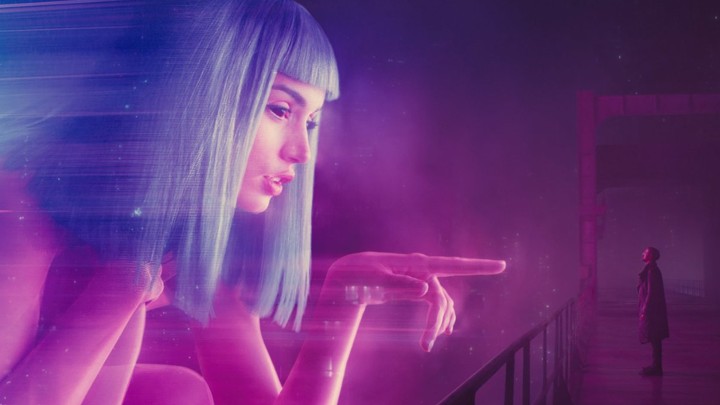
Notice the common thread in the images above? The dominant species look exactly like us. If there is a person with even slight physical variations from 20th-century humans, then they are aliens or robots in service to the humans - even if the only difference is pointy ears!
This isn’t limited to movies. Even works such as Asimov’s Foundation series[1] and Cixin Liu’s Dark Forest Trilogy follow the same thread: technology fundamentally changes the world over millions of years, yet humans somehow stay static throughout space exploration, colonization of the galaxy, and their spread throughout the universe.
Just like the artist depicting the Trojan War did not conceive of the past with different technology, so we do not conceive of a future with different “humans” - creatures descended from us, but which are fundamentally different physically and mentally.
I think the concept of far-future humans exploring the universe in enormous spaceships is akin to a prehistoric fish imagining its land-dwelling descendants living in fish tanks on wheels.
Evolution
To be clear about the magnitude of changes we are talking about, look at what 50 million years of standard biological evolution can do:
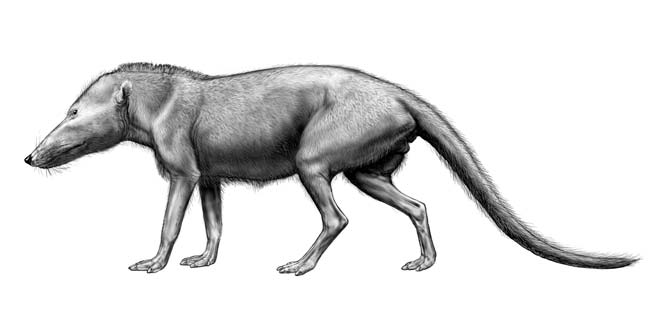

Pakicetus, shown above, was a small, hoofed land mammal, which has seemingly little in common with its ocean-dwelling whale descendants. The different environments of aquatic and land life seem to have exerted strong evolutionary pressure, leading to large-scale changes.
With targeted selection, it took just 40 thousand years for the dog and wolf to diverge from a common ancestor:


Sometimes not even a century is necessary. Experiments with the artificial selection of foxes have shown noticeable changes in a population in as little as 6 generations. Some dog breeds, such as the german shepherd, have existed for less than 120 years!
For reference, star wars, the foundation series, and the dark forest trilogy all happen in galactic empires or feature portions that move through an era of galactic colonization.
Biological Evolution is Just The Start
Many studies explore genetic changes in human populations. For example, within the past 2000 years, British people have adapted to become taller, blonder, more likely to have blue eyes, and better able to digest milk. Evidence suggests that genes linked to longevity and delayed childbearing have become more common even in the past two generations.
The trickle of changes is reminiscent of technological change in the pre-industrial world - slow enough to give the illusion of permanence. Just like the industrial revolution radically redefined our notion of technological progress, we might be on the precipice of another revolution, redefining what it means to be human.
Today, humans performing in-vitro fertilization can have their embryos screened for debilitating diseases, and the ability to actively remove such conditions is being developed. I believe such intervention eventually won’t be limited to disease - anything that arises from our genes/epigenetics might be alterable.
Even if at first it is taboo or outlawed in certain countries, I think that genetically modified humans are inevitable. It would be difficult to compete with a person designed to have astronomical intelligence, impeccable health, exquisite physical beauty, and unflagging mental stability/motivation[2]. Any society that falls behind in embracing such humans could find itself exploited, just as the technological advantage of post-enlightenment European powers enabled them to plunder nearly the whole globe.
Someday, a deeper understanding of biology might enable human descendants to have complete control over their development. They could then adapt genes from other species for their own use or even design new ones from scratch. These creatures could then lose the capability of unassisted reproduction due to genetic incompatibilities between individuals. At that moment, the “biological bootstrap” of the species would be complete, leaving behind the evolutionary processes that shaped life from its inception. From that point, a new set of rules would apply - those of intelligent design.
Intelligent Design: The Next Step
Once the threshold is passed where each generation designs its successors, we would be moving towards a singularity where the minds and motivations of their descendants diverge from our own, making their actions incomprehensible to us. Nevertheless, I can’t resist the temptation to speculate about these creations. So here it is, if climate change/ecological collapse/unknown threats don’t destroy us, I think it is possible that the following will happen:
-
Technology and Biology will Merge - Suppose that in the far future, a human-descended creature wants to have its child capable of comfortably living under extreme gravity (perhaps they are moving to a floating city on Jupiter). Normal bones won’t cut it. Instead, the next generation is designed to grow bones made of titanium, serviced by a fleet of nanobots in its bloodstream. At that point, the child’s blueprint would be a hybrid of carbon-based and metal-based machinery. Is this fundamentally different from modifying a child’s DNA to change the collagen concentration in their bones? In fact, people living with diseases, who need dialysis, insulin, or hormone supplementation are already in this world - their survival depends not only on biology but also on technology.
Now suppose that a person’s eyes are replaced. Like before, the person’s carbon-based body either has no eyes or had its eyes removed, replaced with sensors manufactured in a factory. To fully specify this person’s structure, one would need the entire knowledge of the human race - not only DNA (and the cellular machinery that interprets it), but also instructions on how to mine, build factories, and create advanced electronics. If you think about it, human DNA already encodes something like this - it contains the information necessary to organize a colony of billions of individual cells to produce and manage organs and all the body parts that enable a functioning human. Adding external factories and blueprints to the mix is moving up a level of abstraction.
-
Their Minds Will Become Alien - As human understanding of the brain and artificial intelligence advances, I suspect that we will start augmenting and modifying our brains with no more thought than we would give to a prosthetic limb. For example, since the 1970s, Cochlear implants have been used to directly stimulate the auditory nerves of people suffering from hearing loss - a primitive brain-computer interface. Recent research has allowed monkeys with brain implants to control robot arms with their minds and has enabled connecting multiple separate brains to achieve a task.
Perhaps as our understanding of AI and complex systems increases, we will eventually comprehend the brain’s functionality and begin changing its deep internal structures. Just like human brains seem to be optimized towards dealing with environments typical to Earth, the minds of future beings might have specialized parts, giving them an intuitive understanding of quantum mechanics or large-scale social dynamics. They would then pick up these subjects as quickly as human children pick up a new language.
-
They Might No Longer Be Carbon-Based At All - Our construction is a result of our environment. Life appears to have started in pools of water rich with amino-acids, so we are bags of water that use amino-acids to function. This biological construction has proven highly versatile, adapting to most environments on this planet… but that does not mean that it is a good design for all worlds or the void of space. Once our descendants understand how the brain works, they could try imitating the functionality in a different substrate. This could be a silicon computer or some other construct that allows performing brain-equivalent computations. To a creature explicitly built for the environment, the lead-melting temperature and immense pressure of Venus would be as comfortable as a spring day on Earth is for us. And that’s the point - each successive generation of intelligent design would be perfectly adapted to their environment, using all the tools of biology, technology, and science at their parents’ disposal.
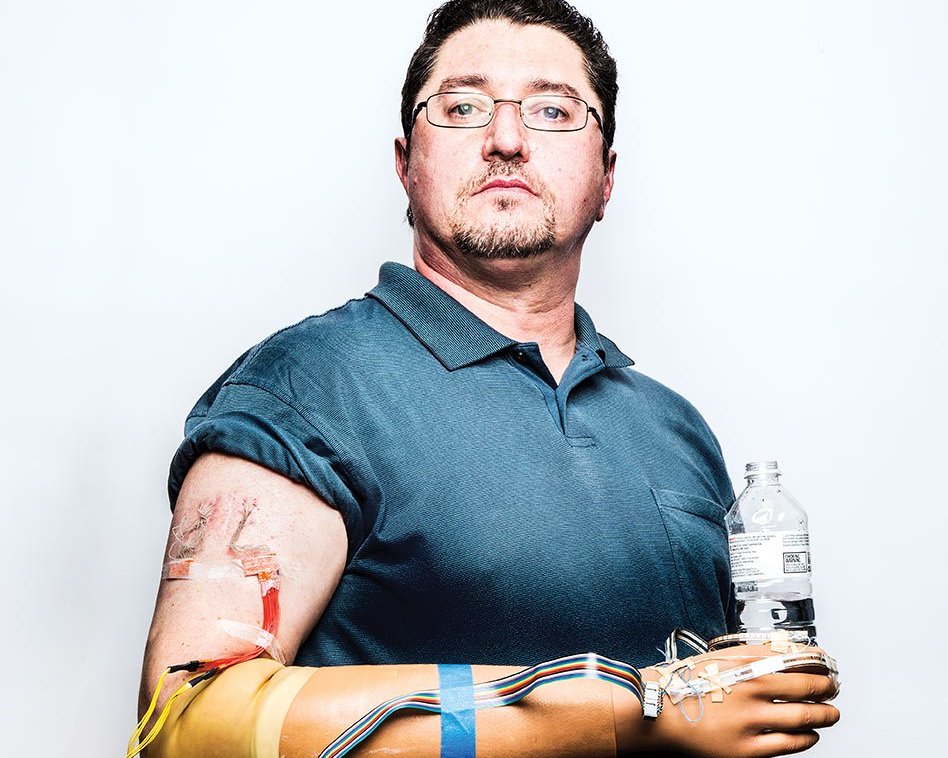
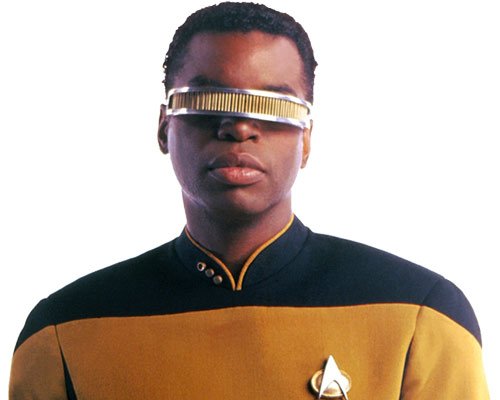

Many of these ideas were already explored in science fiction. The only missing piece to most existing works is the recurrent component - these creations live and die ignorant to their own design. In this scenario, Frankenstein’s monster wouldn’t depend on Frankenstein to create another - it would have the intelligence, comprehension, and skills necessary to repeat and improve its own construction by itself.
Imagine a future creature sitting at a desk, designing replicating nanobots, tweaking gene expression, and referencing environmental data to adapt its descendants to thrive in a place it itself cannot survive.
Perhaps it is Inevitable…
Ultimately, natural selection will retain its brutal role: choosing the individuals best optimized towards competition in the vastness of the universe. Just as sexual reproduction is theorized to increase variation in offspring, allowing some to survive in quickly changing or dangerous environments, intelligent design could allow even more extreme and targeted variation. Species that adapt rapidly and stably to hostile environments are more likely to be selected over those that don’t.
The extremity of these changes might hint at why such things are not common in science fiction. It would be hard to relate to an entity whose parent was a planet-spanning photosynthetic slime, which is itself a tiny metallic pellet flying through interstellar space, and whose child will be a swarm of asteroid-hopping insects at a star tens of light-years away. Each successive generation having been conceived, optimized, and built specifically to maximize adaptation to their environment.
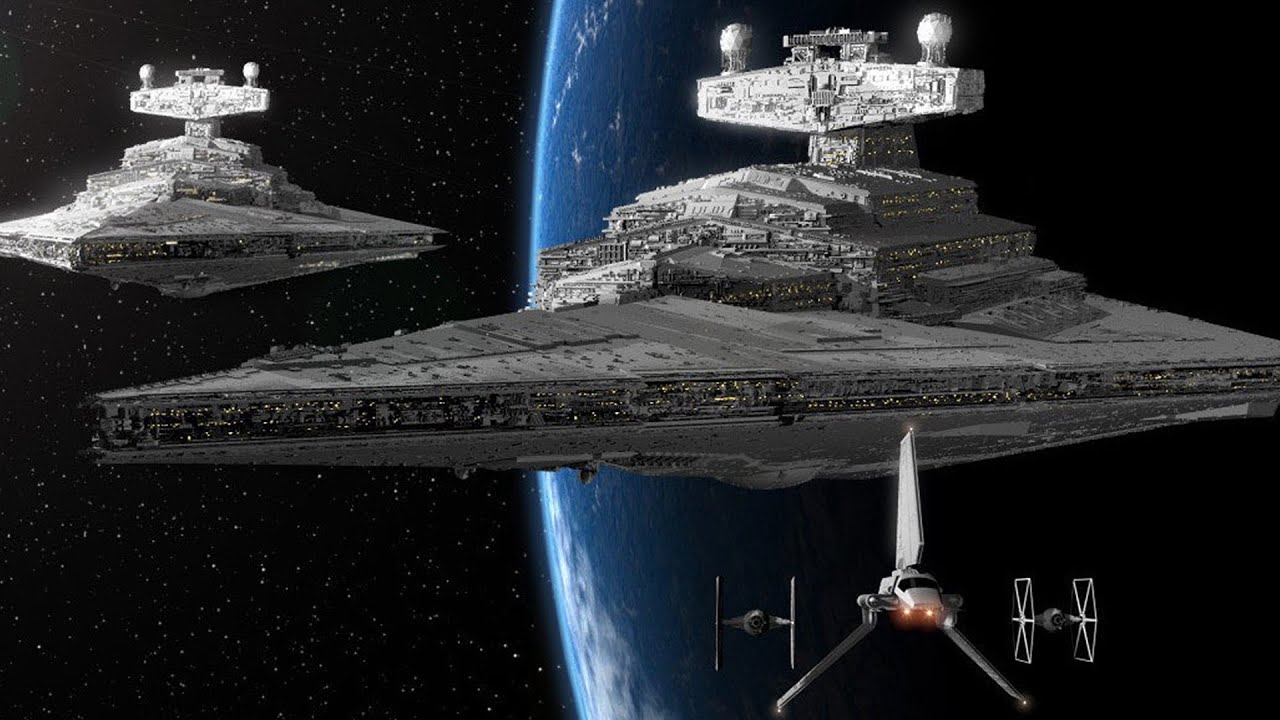
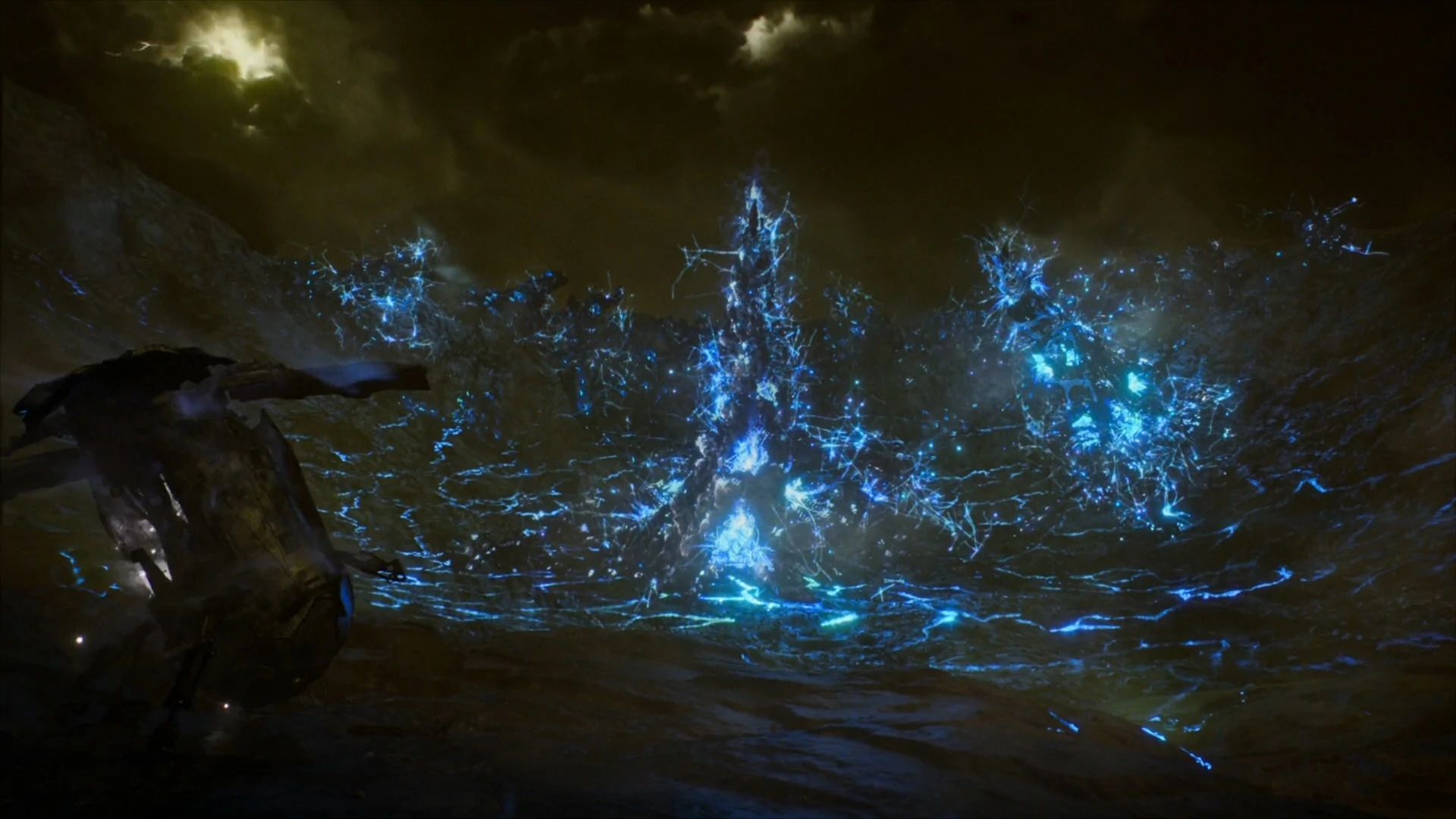
The main takeaway from this post is that I believe star destroyers full of people or generational ships full of humans in stasis are an unlikely outcome. Instead, I imagine our descendants looking a lot more like the protomolecule[3] from The Expanse - utterly unrecognizable to us.
In the three years since I started writing this post (first draft was in 2018!), very similar ideas about SETI have also been posted by Martin Rees and Mario Livio, suggesting that this might be quite a popular view!
Many works do explore this change - Asimov’s “The Gods Themselves” talks about humans living on a moon colony diverging from their earth-bound counterparts. ↩︎
The argument might be made that there are other traits certain people have that would allow a “normal” human to nevertheless overcome designed humans. An example of this was explored in Gattaca, where the main character overcomes all challenges through sheer force of will and focus on his goal. However, such beneficial traits might eventually be recognized by some people, and a predisposition for them incorporated into their designed children. ↩︎
Unlike the books/TV series, rather than being a technology in service to an advanced species, this “molecule” would be a member of the species itself, the result of millions of years of intelligent design. We don’t consider ourselves a technology of Homo Erectus, but rather the successors of a primitive species. ↩︎
